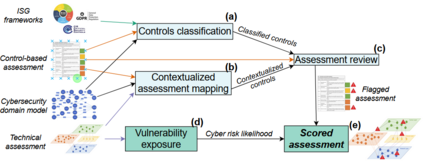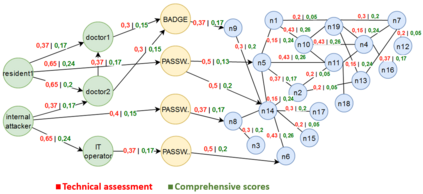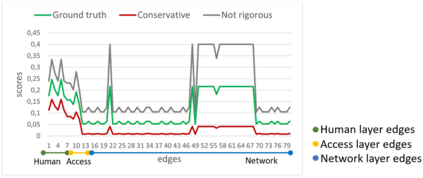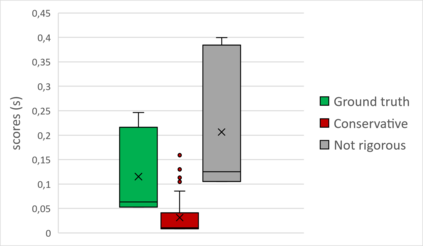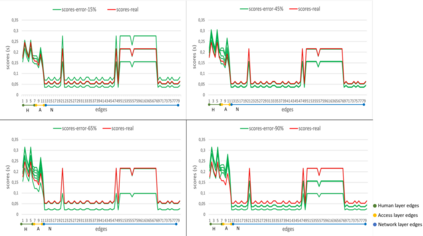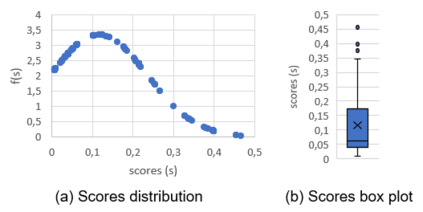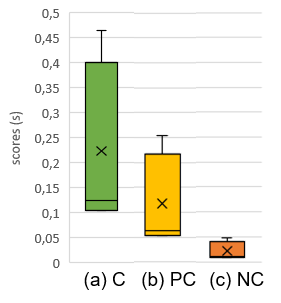Cyber risk assessment is a fundamental activity for enhancing the protection of an organization, identifying and evaluating the exposure to cyber threats. Currently, this activity is carried out mainly manually and the identification and correct quantification of risks deeply depend on the experience and confidence of the human assessor. As a consequence, the process is not completely objective and two parallel assessments of the same situation may lead to different results. This paper takes a step in the direction of reducing the degree of subjectivity by proposing a methodology to support risk assessors with an automatic review of the produced assessment. Our methodology starts from a controls-based assessment performed using well-known cybersecurity frameworks (e.g., ISO 27001, NIST) and maps security controls over infrastructural aspects that can be assessed automatically (e.g., ICT devices, organization policies). Exploiting this mapping, the methodology suggests how to identify controls needing revision. The approach has been validated through a case study from the healthcare domain and a set of statistical analyses.
翻译:网络风险评估是加强保护一个组织、查明和评估受到网络威胁的风险的一项基本活动,目前,这项活动主要是人工进行的,查明和纠正风险的量化在很大程度上取决于人类评估员的经验和信心,因此,这一过程不完全客观,对同一情况进行两项平行评估可能导致不同结果;本文件提出一种方法,支持风险评估员,对评估结果进行自动审查,以此降低主观性程度;我们的方法始于利用众所周知的网络安全框架(例如ISO 27001、NIST)进行的基于控制的评估,并绘制可自动评估的基础设施方面安全控制图(例如信通技术装置、组织政策);利用这一图谱,该方法建议如何确定需要修改的控制措施;该方法通过保健领域的案例研究和一系列统计分析得到验证。

